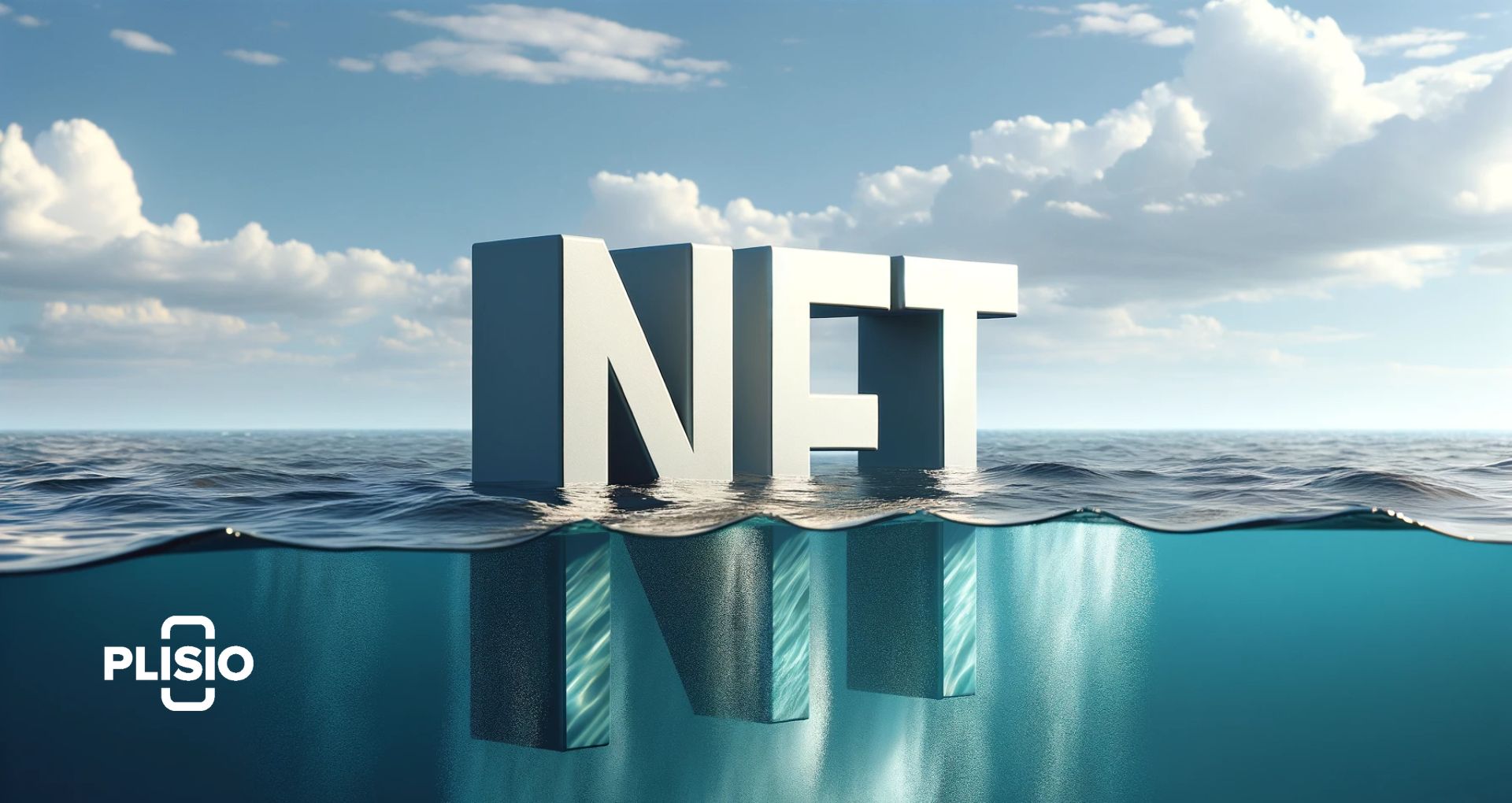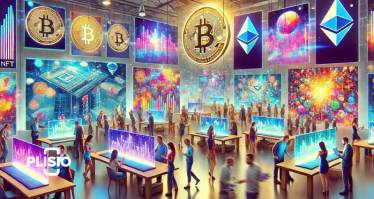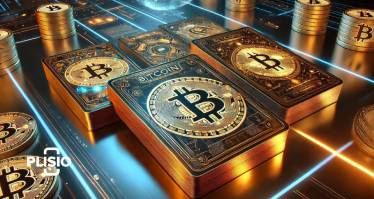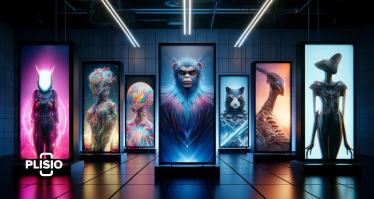How To Mint an NFT

NFTs, or Non-Fungible Tokens, are rapidly emerging as a crucial category of digital assets. This surge in their popularity is a clear indication that blockchain technology is expanding its reach beyond the realm of cryptocurrencies, stablecoins, governance tokens, and utility tokens, making a significant impact on today's cultural mainstream. These unique digital collectibles are gaining traction in various sectors including media, entertainment, music, sports, and beyond.
This trend is particularly important for creators seeking innovative methods to monetize their art and creativity using the latest technology. It's also a gateway for forward-thinking collectors who are venturing into the Web3 space for the first time. To facilitate this, we offer a straightforward, step-by-step guide designed to walk you through the process of minting (creating) your very first NFT. This guide aims to demystify the process, making it accessible for everyone, regardless of their technical background.
What does it mean to mint an NFT?
Minting an NFT, or Non-Fungible Token, is a key process in the realm of digital collectibles, referring to the creation and registration of a unique token on a blockchain. This process is not just about creating a digital item; it's about establishing an immutable record of authenticity and ownership on the blockchain, which differentiates NFTs from simple digital images or files.
During the minting process, various attributes are assigned to the NFT. This can include metadata detailing the creator's information, a description of the content, and other pertinent details. This process ensures the uniqueness and authenticity of the digital item, marking its provenance on the blockchain. It's not just the digital artwork or item that's being stored; it's the entire history and proof of ownership that's recorded.
- For creators, minting NFTs is a revolutionary way to claim ownership and control over their work. It allows them to publish limited edition digital works, whose scarcity and authenticity are provable and validated on the blockchain. This transparency in ownership and history is pivotal, enabling creators to forge special communities and perks for those who hold their NFTs.
- Collectors, on the other hand, can also mint NFTs. Participating in a project's mint is akin to being a pioneer owner of the NFT, similar to buying a pack of collectible cards where the value and rarity are not immediately known. This first ownership is recorded when the NFT is written onto the blockchain during the mint, adding a layer of excitement and exclusivity to the process.
It's important to note that the minting process can involve storing the entire work "on-chain", where all details are directly on the blockchain, or it could refer to off-chain storage solutions like IPFS (InterPlanetary File System) for larger data sets. Regardless of the approach, minting is the fundamental step in the lifecycle of an NFT, marking the start of its unique, immutable history on the blockchain, and setting it apart from mere digital replicas or copies.
Key Considerations Before Initiating NFT Minting
Minting an NFT, while seemingly straightforward, involves several important considerations. Minting refers to the process of registering digital art on the Ethereum blockchain as a public and immutable record, safeguarding it against alterations and tampering. This process is akin to currency production in the way it adds NFTs to a blockchain.
When minting, it's crucial to ensure your digital art is represented accurately. NFTs facilitate the buying, trading, and flexible ownership tracking of your artwork, along with the potential for resale or collection. A basic understanding of NFTs is vital for a credible approach to their creation and representation.
Before you start minting an NFT, consider the following factors:
Choice of Blockchain Platform
The initial step in minting an NFT involves choosing a blockchain that supports the NFT token standard. Some of the most reliable platforms include Ethereum, Polkadot, Binance Smart Chain, Tron, EOS, Tezos, WAX, Flow by Dapper Labs, and Cosmos.
Understanding the NFT Ecosystem
Knowledge of the specific features of NFTs within your chosen blockchain is crucial. It's important to ensure that the platform supports NFT transfers and sales across various blockchains. Evaluating the advantages and limitations of the NFT ecosystem within each blockchain is essential.
Cost-Effective Platforms
For those new to NFT minting, finding a cost-effective platform is often a priority. Ethereum and Binance Smart Chain are popular due to their extensive use and large market presence, offering visibility to potential buyers and serving as significant NFT marketplaces.
Selecting an NFT Marketplace
The final crucial step is choosing an appropriate NFT marketplace. For Ethereum blockchain users, options include Rarible, Mintable, and OpenSea. Binance Smart Chain users might consider Juggerworld, Treasureland, and BakerySwap. Each platform has its unique features and community, influencing your NFT's visibility and potential success.
How to Mint NFTs? A Step-by-Step Guide
OpenSea has recently updated how creators can mint NFTs using our platform. Previously, creators relied on lazy minting, a method where items were not recorded on the blockchain until sold or transferred. This approach allowed for easy experimentation with NFTs. However, we now envision a future where creators have more autonomy, minting directly from their own independent contracts. Our new OpenSea Studio feature facilitates this shift.
As of October 3rd, 2023, lazy minting will be discontinued on OpenSea. Although items created with lazy minting will remain purchasable, sellable, and transferable, they will no longer be editable. Collections containing these items will persist without any required action from users.
To mint NFTs on OpenSea, follow these steps:
Setting Up a Crypto Wallet
A crypto wallet is essential for any activity on the blockchain. It's not just for buying, selling, or storing cryptocurrency and NFTs; it also manages your private key, crucial for controlling a blockchain wallet address. Remember, your assets are not stored in the wallet itself but on the blockchain, accessible and manageable through the wallet. You can create a self-custodied wallet on OpenSea using Privy.
Creating a Collection
Before minting, you need to create a collection. This involves deploying a smart contract, naming your collection, and uploading a logo.
Uploading Your Work
With your wallet set up and your collection created, you're ready to mint your NFTs. This is where your digital creations come to life on the blockchain.
Additionally, joining our newsletter will keep you informed with web3 news, updates, interviews, and in-depth analysis.
How to Mint an NFT on Rarible?
As Rarible continues to gain traction in the digital marketplace, it has introduced a feature that promises to be a game-changer for artists and creators. This feature is known as "Lazy Minting", and it simplifies the process of creating NFTs. Here’s a quick guide on how to use it:
- Start by connecting your cryptocurrency wallet to Rarible.com.
- Hit the “Create” button and fill in the details for the NFT you want to create.
- In the options, select “Free minting”.
- Click on “create item,” then use your wallet to authorize the free permission.
- That’s it! You can now mint without any cost and with great ease.
Once you complete a sale, the NFT is minted directly in your wallet and then automatically transferred to the buyer. This approach makes Rarible an ideal platform for those new to the world of NFTs and looking to navigate through the often-confusing terminology and processes.
I minted my NFT! Now what?
After minting your NFT, you might be tempted to sit back and wait for discovery through searches or category browsing. However, to really propel your project forward, consider these proactive steps:
Cultivate a Community
- In the NFT world, community is key. Creating a community around your project, particularly one with a unique focus like inclusivity or culinary arts, can be highly rewarding. Even projects without a specific theme can foster engaged, close-knit communities. The primary platforms for community building in the NFT space are Twitter and Discord. Engaging regularly and authentically with your audience can significantly boost your project's visibility and appeal.
Market Your Project
- Understanding your audience and the value your project offers is crucial in marketing. Is it the art, exclusive perks, the sense of community, or something else entirely? Clearly communicate what buyers gain from investing in your NFT.
- Social media platforms like Twitter, Instagram, and Reddit are excellent for promoting your work. Utilize relevant hashtags and interact with others in the NFT space. Being genuine and open to feedback is vital. Remember, successful marketing is not just about broadcasting your work; it's about building relationships and engaging in meaningful conversations.
Adding to these points, consider these additional tips:
- Leverage Analytics: Use analytics tools to understand who your audience is and how they engage with your content. This data can guide your marketing strategies and community engagement efforts.
- Collaborations: Collaborate with other artists or influencers in the space. This can increase your visibility and introduce your work to new audiences.
- Educate Your Audience: Many people are still unfamiliar with NFTs. Creating educational content about your process and the value of NFTs can help demystify the concept for potential buyers.
- Consistent Branding: Ensure your branding is consistent across all platforms. This includes your art style, message, and the way you communicate with your audience.
By following these steps and staying committed to your vision, you’re well on your way to success in the exciting world of NFTs. Good luck!




